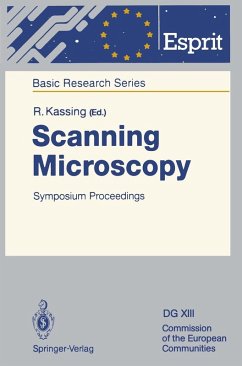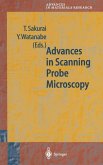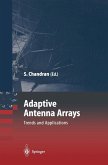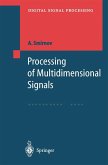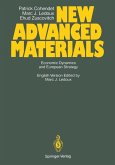With the invention of the scanning tunneling microscope in 1982 by Binnig and Rohrer and the subsequent award of the Nobel Prize, the field of scan ning microscopy was given a strong boost in view of its wide range of ap plications. In particular, expanding the capability to access nature's foundations at the atomic level is now recognized as having the potential for major impact in Infonnation Technology. This third volume of the ESPRIT Basic Research Series provides a well structured overview of the state of the art of scanning microscopy and re cent advances including results of ESPRIT Basic Research Actions 3109 and 3314. April 1992 G. Metakides Preface The IMO Symposium Fall '90, Wetzlar, FRO, October 1/2, 1990, brought together leading scientists and researchers in scanning microscopy from re search institutes and industries, each of whom was invited to contribute a lecture which was followed by a discussion. The resulting contributions are contained in this proceedings. Microscopic techniques are used not only for research work in material and life science but also for routine applications in almost any vital section of our everyday life. The demand for coming to a better understanding of materials and their behaviour under different conditions and environments as well as all aspects of human life initiated an ongoing development for improved microscopic techniques.
Dieser Download kann aus rechtlichen Gründen nur mit Rechnungsadresse in A, B, BG, CY, CZ, D, DK, EW, E, FIN, F, GR, HR, H, IRL, I, LT, L, LR, M, NL, PL, P, R, S, SLO, SK ausgeliefert werden.

